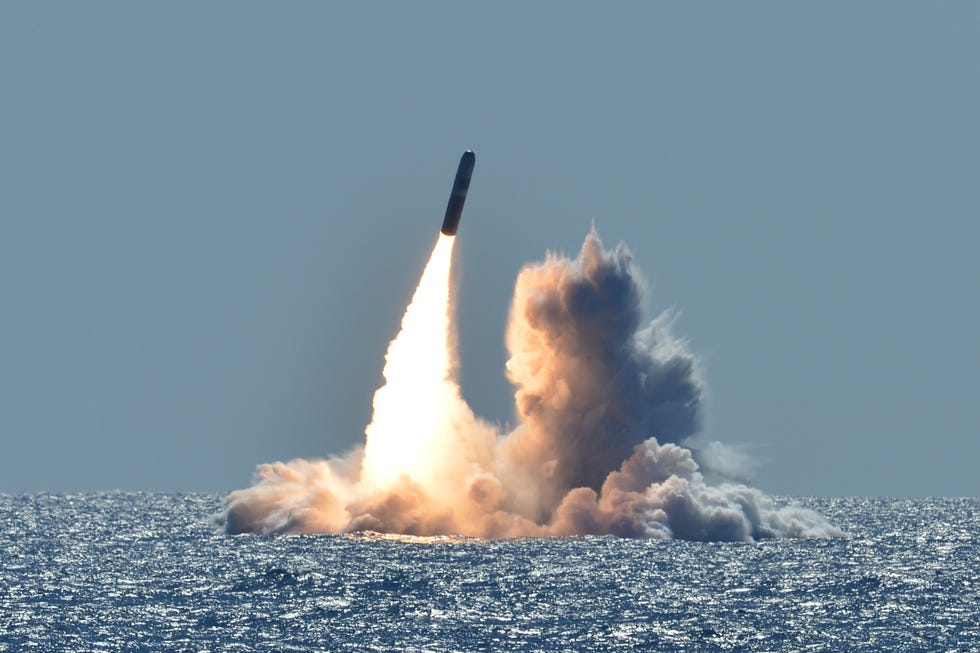Why Long Wars No Longer Generate a Backlash at Home
By Tanisha M. Fazal and Sarah Kreps
Foreign Affairs
Aug 20, 2018 - In October, the U.S. intervention in Afghanistan will turn 17 (now 18, --ed). The human and material costs of what has become the United States’ longest-ever war are colossal. More than 2,000 U.S. military personnel have been killed and over 20,000 have been injured. The UN estimates that nearly 20,000 Afghan civilians have been killed and another 50,000 injured since 2009 alone. The United States has spent some $877 billion on the war. The Trump administration’s recent initiative to seek direct peace talks with the Taliban—a first since the start of the war in 2001—highlights that Washington is actively looking for new ways to wind down its involvement in the conflict. But why has the U.S. intervention lasted so long in the first place?
Part of the answer is that Afghanistan’s toxic mix of “state collapse, civil conflict, ethnic disintegration and multisided intervention has locked it in a self-perpetuating cycle that may be simply beyond outside resolution,” as Max Fisher and Amanda Taub summarized in a New York Times post. But their diagnosis does not speak to a critical dimension of the conflict: namely, how the relative indifference of the U.S. public has allowed the war to drag on.
In theory, leaders in a democracy have incentives to heed public preferences or risk being voted out of office, which means that public opposition to a war makes its continuation untenable. Yet when it comes to Afghanistan, the U.S. public has favored the status quo at best and expressed deep ambivalence at worst.


